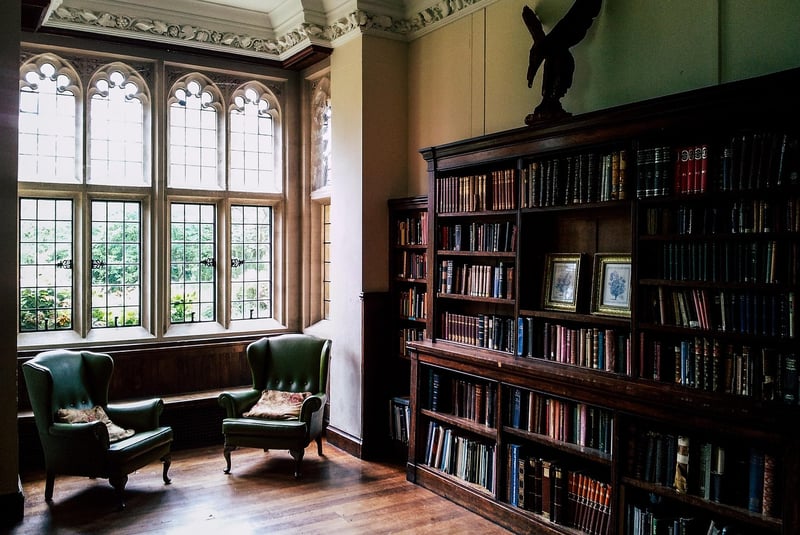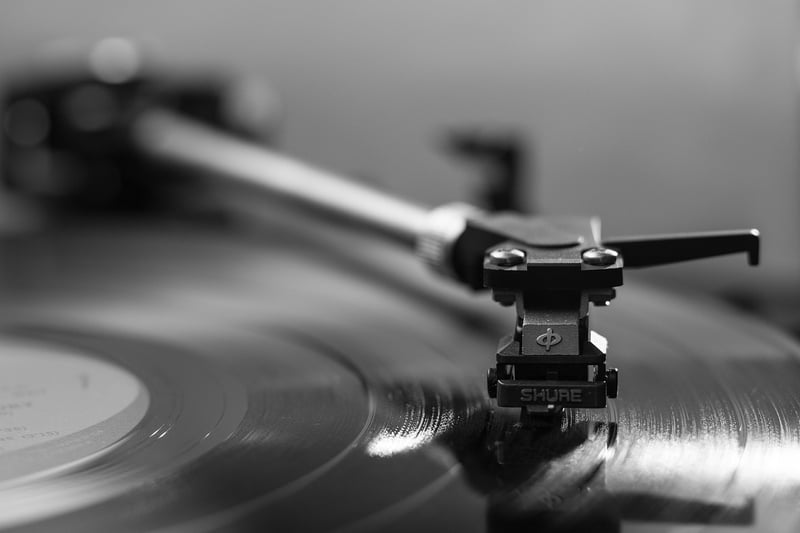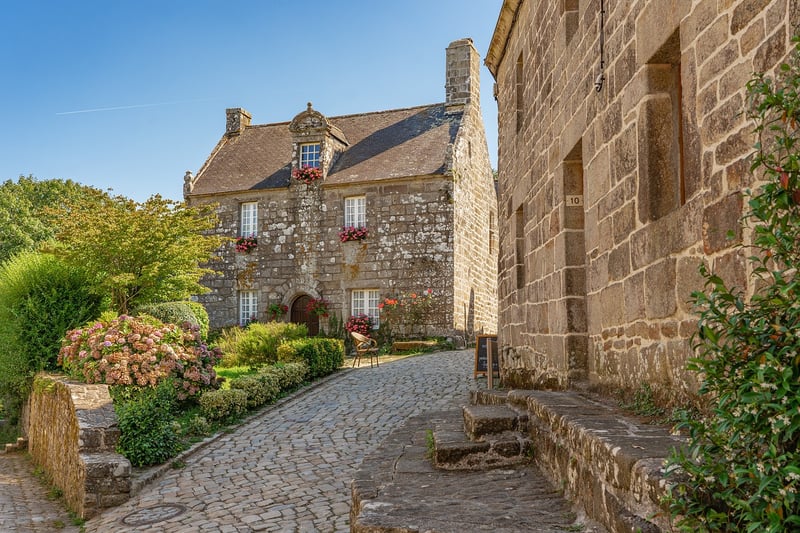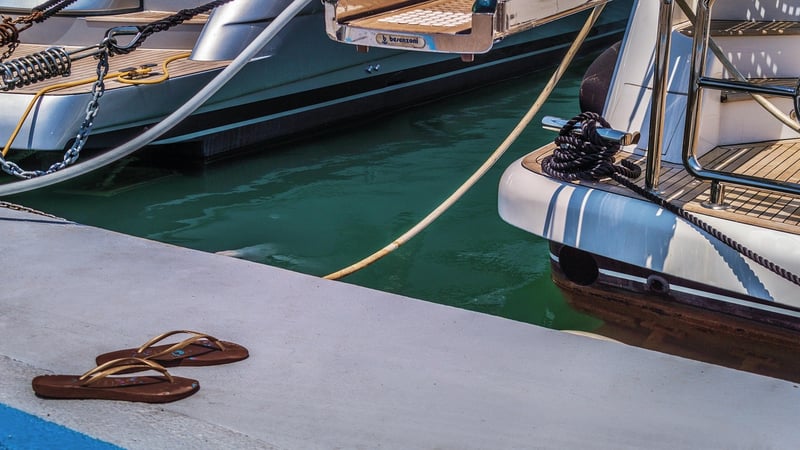Historical Etiquette
Guidance for Time Travelers: Navigating Historical Etiquette
Introduction
Welcome, time traveler! As you embark on your journey through different eras and historical periods, it's essential to understand and respect the etiquette of the times you visit. Each era has its own set of social norms, customs, and traditions that may differ greatly from what you are accustomed to. This guide aims to provide you with the necessary insights to navigate historical etiquette with grace and respect.
Victorian Era
The Victorian era, known for its strict social codes and elaborate rituals, requires visitors to adhere to a certain decorum. When interacting with individuals from this period, remember to address them using appropriate titles such as "Mr.," "Mrs.," or "Miss." Additionally, observe proper table manners, including keeping your elbows off the table and using utensils correctly.

Roaring Twenties
The Roaring Twenties were characterized by a spirit of rebellion and liberation. When mingling with flappers and socialites of this era, embrace a more relaxed and carefree attitude. Enjoy the jazz music, dance the Charleston, and participate in the lively social scene. Remember to address people by their first names and engage in spirited conversations about the latest trends.

Medieval Times
Traveling back to Medieval times requires a different set of manners and customs. Show respect to nobility by bowing or curtsying appropriately. Be mindful of the feudal system and the hierarchical structure of society. Participate in medieval feasts and jousting tournaments while adhering to the etiquette of the court.

Conclusion
Exploring different historical periods can be a fascinating and enriching experience. By understanding and following the etiquette of the times, you can immerse yourself more fully in the culture and traditions of each era. Remember to approach each interaction with an open mind and a willingness to learn from the past. Safe travels, time traveler!
